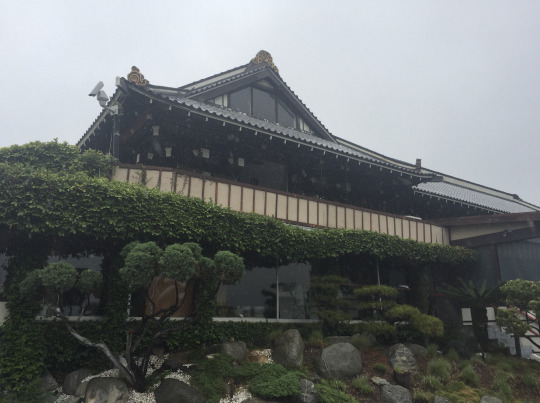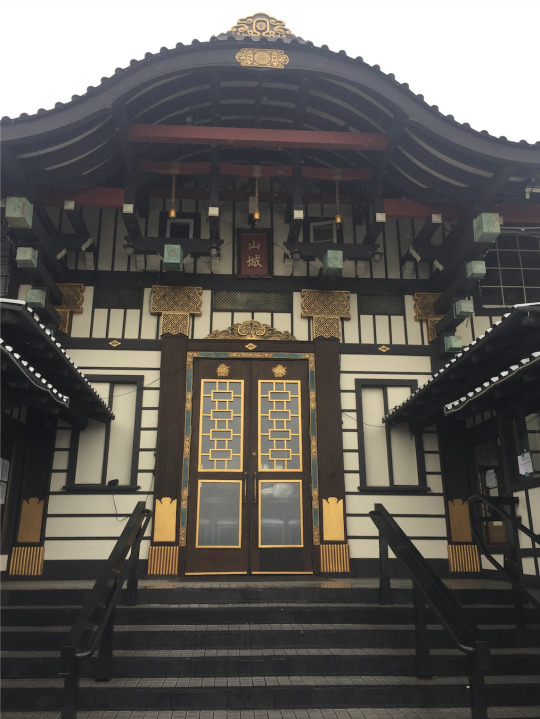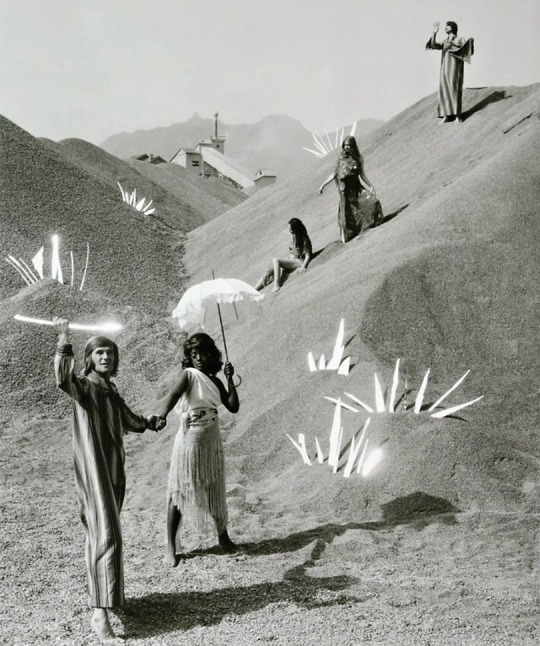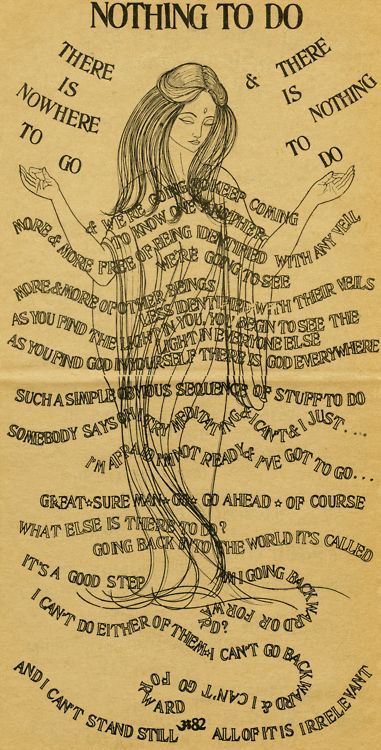Photo

1963 - The Port Holiday Resort, Lake Mead, NV. Unbuilt. The development was to include homes, apartments, a mobile home park, hotels, a shopping center, and sporting areas. The development would have been clustered around Lake Adair named after the client, J. Carlton Adair. Adair did not secure the funding.
https://usmodernist.org/wsmith.htm
48 notes
·
View notes
Photo

PROPLAN, PROducción y PLANificación del espacio público en asentamientos de la periferia limeña / Lucia Navarro
40 notes
·
View notes
Photo


Quarantined and separated, they hid from the invisible disease. But at home, they relished what remained of that intimacy. A surviving 17th-century report recounts the story of two Florentine teenagers, Maria and Cammilla, who were arrested for dancing in their home, when the movement had been banned. “In order to pass the time we dressed our brother up in a mask, and we were dancing among ourselves,” the girls said during their trial. https://theattic.jezebel.com/dancing-through-our-bad-year-1842274184
6 notes
·
View notes
Photo

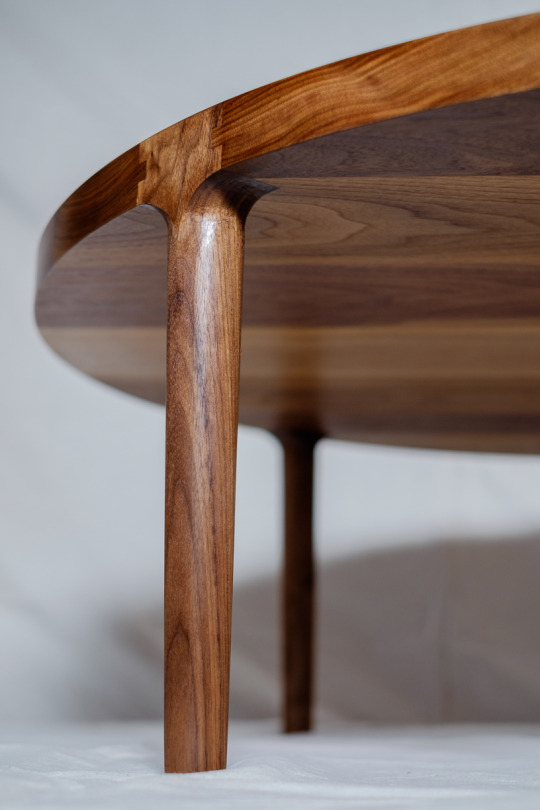


“You can do a lot worse than Mid Century Modern design for inspiration. I wanted the tabletop to be solid wood, not veneered, and I located the legs at the edges for stability. And then I lost my mind for a minute and incorporated a slightly complicated form of mortise and tenon joinery to attach the legs to the top. Which meant the legs would have to be hand cut, shaped, and carved from large blocks of solid wood instead of simply turned on a lathe.”
http://jasonstumpf.com/blog
5 notes
·
View notes
Photo




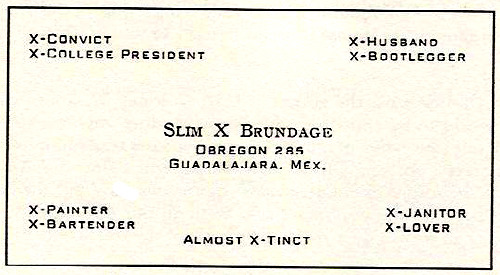



Margaret Brundage
During the prohibition years, and at the same time as undertaking illustration work Brundage had also found employment at the infamous bohemian speakeasy The Dill Pickle Club, and it was there she met her husband Myron ‘Slim’ Brundage; a hobo/house painter who was heavily involved in radical politics.
Brundage sold sixty-six original pulp cover illustrations to Weird Tales from 1933 to 1945. Her work often featured fantasy scenes of women trapped in sexually vulnerable situations. Brundage covers were very popular with the readers of Weird Tales, but most of the public was not aware of the artist's gender, because her work was usually signed "M. Brundage." When puritanical social forces complained about the overt sexuality of Weird Tales cover art, the editor finally revealed that the artist was a woman, hoping to mollify the perceived offensiveness of her work.
Brundage helped found the South Side Community Arts Center and served on its board in the 1940s and 1950s, thus playing a critical role in establishing an important center of African American culture that exists to this day. The SSCAC is one of two WPA funded Art Centers that has never closed its doors, and is also the earliest African American Art Center to be created in the United States.
https://www.imaginaryworldspodcast.org/tales-of-margaret-brundage.html
https://eclecticladylandblog.wordpress.com/2018/11/14/pulp-pictures/
https://www.amazon.com/Alluring-Art-Margaret-Brundage-Pin-Up/dp/1934331503
https://williamhorberg.typepad.com/william_horberg/2009/12/the-janitor.html
https://www.pulpartists.com/Brundage.html
https://books.google.com/books?id=WKfjCwAAQBAJ&pg=PA338&lpg=PA338&dq=brundage+%22South+Side+Community+Art+Center%22&source=bl&ots=BRy3Jl6EHB&sig=ACfU3U08sFEps54Bl8du4fIe9IlRNqw5DA&hl=en&sa=X&ved=2ahUKEwjYurONq9zrAhVOGDQIHWbjDOoQ6AEwBHoECAEQAQ#v=onepage&q=brundage%20%22South%20Side%20Community%20Art%20Center%22&f=false
https://livingnewdeal.org/projects/south-side-community-art-center-chicago-il/
https://livingnewdeal.org/projects/south-side-community-art-center-chicago-il/
24 notes
·
View notes
Photo

The Third Carnival in Gorky Park (Moscow, July 1937)
84 notes
·
View notes
Photo

Interior of the Palais de l’Air, Paris, World’s Fair, Photo by Florence Henri, 1937
152 notes
·
View notes
Photo





YAMASHIRO, CASTLE ON THE HILL
By Mary Mallory
residence, military school, restaurant, an exclusive, sophisticated clubhouse for film elite as well as behind-the-scenes players. Yamashiro appeared in several feature films, including Sayonara, The Annapolis Story, Teahouse of the August Moon, Memoirs of a Geisha, Playing God, and Blind Date.
https://www.hollywoodheritage.org/yamashiro
https://yamashirohollywood.com
4 notes
·
View notes
Photo



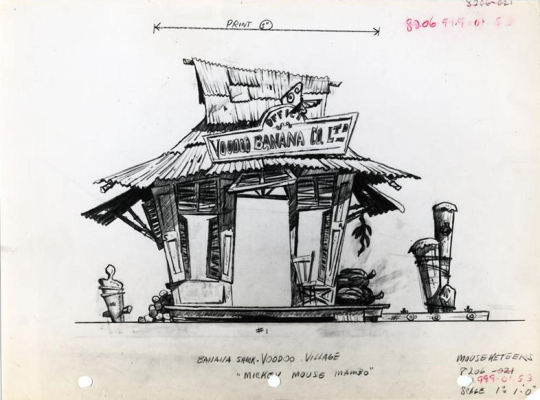


A Disney artist starting from the late thirties, Bruce Bushman was responsible for designing nearly all the artwork associated with the Mickey Mouse Club, including the sets, props, and logos. He also contributed a great deal to the early design of Disneyland, and after leaving Disney, worked on many other theme park projects including Columbusland (in Dominican Republic), Bible Storyland, Hanna-Barbera Land, Africa USA, and Marine World/Africa USA.
http://www.originalmmc.com/bushman.html
10 notes
·
View notes
Photo
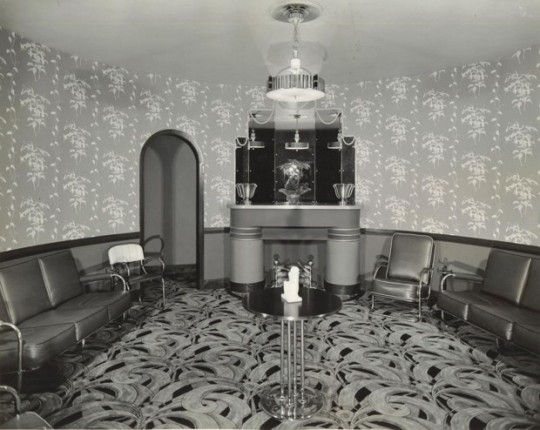


“Interestingly, ornate lounges for women preceded public restrooms by several decades,” Kogan explained, noting that there were parlors for women in public buildings many years prior to when most of America had indoor plumbing. In other words, gender separation and protecting women’s virtue was initially the justification for these spaces, and the toilet came later.
The Tremont House was also the first major building in America to have indoor plumbing, with a bank of eight water closets on the main-floor hallway, each designed for a single user. Rogers felt no need to designate them by gender, because like the outhouses they were based on, they were single-user only.
In the 20th century, with more women entering the workforce during World Wars I and II, the rationale behind the lounges and the function shifted somewhat. Women were now in public more, but they still might want somewhere to relax, take a smoking break, or put on makeup—which was now mainstream after being stigmatized. It was not acceptable, however, for women to apply makeup in public.
https://getpocket.com/explore/item/the-glamorous-sexist-history-of-the-women-s-restroom-lounge?utm_source=pocket-newtab
8 notes
·
View notes


